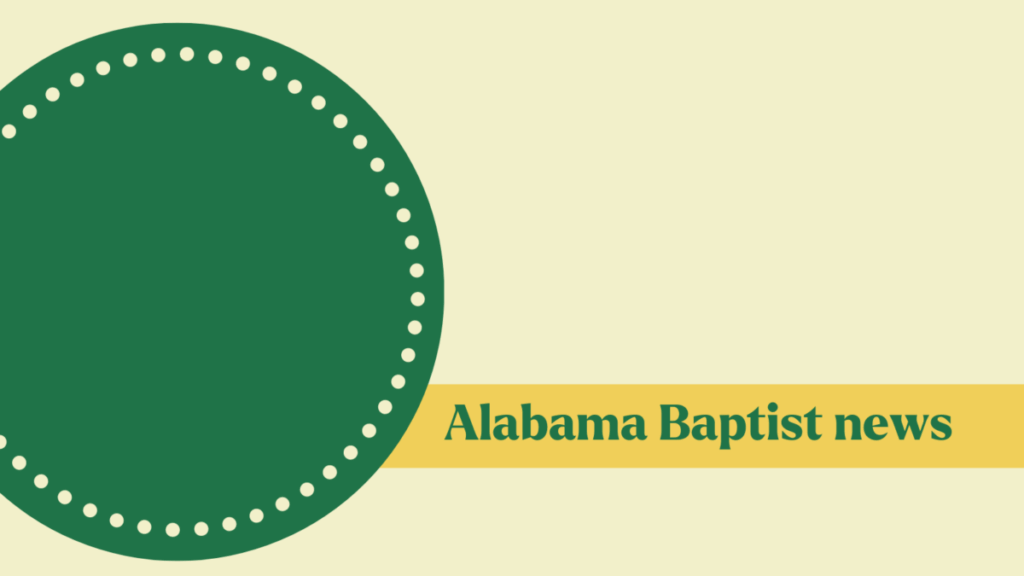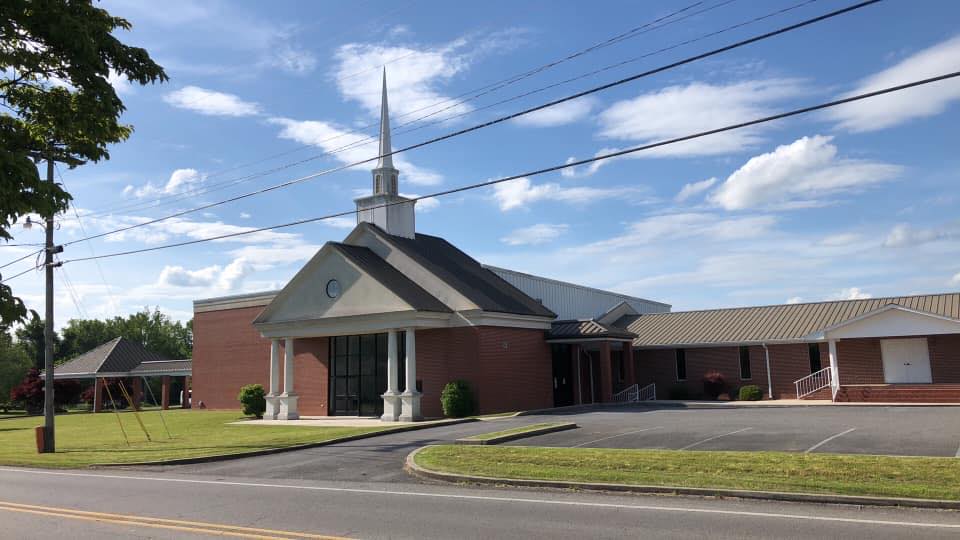The QR code — that little bitmapped square you see in ads and on flyers — is everywhere, but how do organizations generate that image? Even more importantly, should churches use QR codes? The short answer is “Yes!” and here’s why.
A QR (quick response) code should be used any time you want to take the congregation to digital content from an in-person experience.
If you want the congregation to take a quick survey or quickly register for a church event, a projected QR code can do it. Simply ask folks to hold their phone cameras up like they’re taking a picture of the code. The phone’s operating system converts the code into a web link that can be clicked to take them to a web form or additional information for a sermon topic or details for an upcoming church event.
To generate a QR code, search online for “free QR code generator,” and you’ll have many options. Choose any search result on that first Google page. When the generator opens in your browser, you’ll type a website address (e.g., thealabamabaptist.org) to direct the code to. Before you generate your QR code, usually by clicking on a “generate” button, here are 5 tips for using a QR code in a church:
- Only use QR codes on announcement screens and/or in print. Think twice before using QR codes on social media posts or on your church website. It’s usually better to use a simple link to direct people to your information if you can. Don’t take someone from a digital environment to their phone and then back to the digital environment again. It adds an unnecessary step.
- Use a URL shortener with click analytics. The longer your destination domain is (e.g., thealabamabaptist.org/rashional-thoughts-why-do-we-overcomplicate-life-ministry-seeking-the-lord); the more complex the QR code will be. This complexity could cause problems with the QR code scan. And if the QR code is small, the phone reader may have difficulty recognizing it. Instead, use a URL shortener like bit.ly to decrease the size of a long URL. This mostly free website will take a “messy” URL and create a much shorter one (e.g., bit.ly/ALBaptist3), making its QR code simpler. Another value is that at no cost to you, URL-shortening websites can keep track of how many times the QR code is used. This is invaluable information to determine interest. Some URL shorteners, like bit.ly, will generate a QR code too.
- Keep things simple and include a clear call to action. Resist using overly complicated QR codes or promotional designs. Your shortened URL will make a nice, simple code. Some QR code generators allow you to add your logo. But only use the church’s symbol if it’s readable in a small QR code. Make the QR code large enough to work easily based on how close people will be to it and test it at that distance. State where the QR code leads and what will be requested at the destination site.
- Lead people to a mobile-friendly webpage. Knowing how to generate a QR code is wasted if you don’t have good content to lead people to. Look at the destination website on a small phone screen. If it’s not easy to use and read, you are wasting people’s time leading them to it. They won’t like it.
- Monitor analytics and adjust strategy. Are people not using your QR codes? Then you may want to stop using them or better explain them. Or perhaps you need better promotional material. Decide what the issue is. Ask people who should be using them and from that information, decide how to proceed or alter course. QR codes are being used everywhere! Make them work for your church.
EDITOR’S NOTE — Mark MacDonald is a communication pastor, speaker, consultant, bestselling author, church branding strategist for BeKnownforSomething.com and executive director of Center for Church Communication, empowering 10,000+ churches to become known for something relevant (a communication thread) throughout their ministries, websites, & social media. His book, Be Known for Something, is available at BeKnownBook.com.






Share with others: